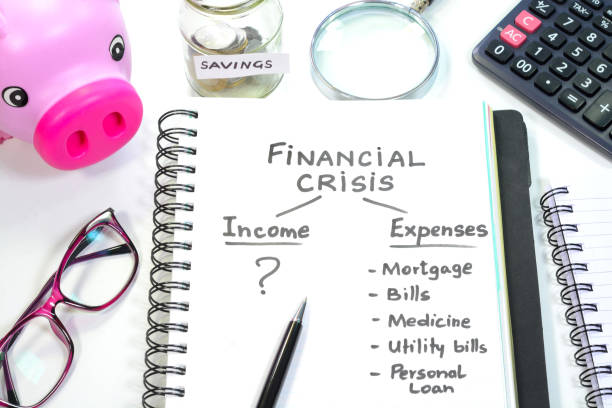
The Debt-To-Income Ratio, commonly referred to by its acronym DTI, is a cornerstone of personal financial health, serving as a critical benchmark for ...
Read More
Of all the factors that determine a credit score, the credit utilization ratio holds a unique and powerful position for those struggling with overexte...
Read More
The descent into overextended personal debt often feels like a private struggle, a silent burden of mounting bills and relentless anxiety. However, wh...
Read More
The burden of overextended personal debt is not merely a feeling of financial strain; it is a quantifiable condition often diagnosed by a critical met...
Read More
The journey into overextended personal debt often follows a predictable path of struggle and anxiety, but its final destination—the charge-off—mar...
Read More
The management of personal debt is a complex dance, and one of its most critical yet misunderstood metrics is the debt-to-limit ratio, particularly co...
Read MoreThe single most important factor is consistency. Regardless of the method chosen, creating a realistic budget, sticking to your plan, and making consistent payments over time is the only way to successfully eliminate overextended debt.
Eligibility varies by lender but generally requires demonstrating a specific, verifiable hardship that impacts your ability to make payments. You must typically contact the creditor directly, explain your situation, and provide documentation if requested.
Enrolling in a DMP itself is not reported to the bureaus. However, creditors may note that accounts are being paid through a counseling plan, which some lenders may view negatively, though the positive impact of consistent on-time payments usually outweighs this.
The long-term consequence is that money that should be going toward retirement savings, college funds, or building an emergency fund is instead diverted to pay high interest on past childcare costs, creating a future financial hole.
Once childcare costs decrease (e.g., when a child starts school), it is crucial to redirect the money that was going to the daycare center directly to debt repayment, avoiding lifestyle inflation.